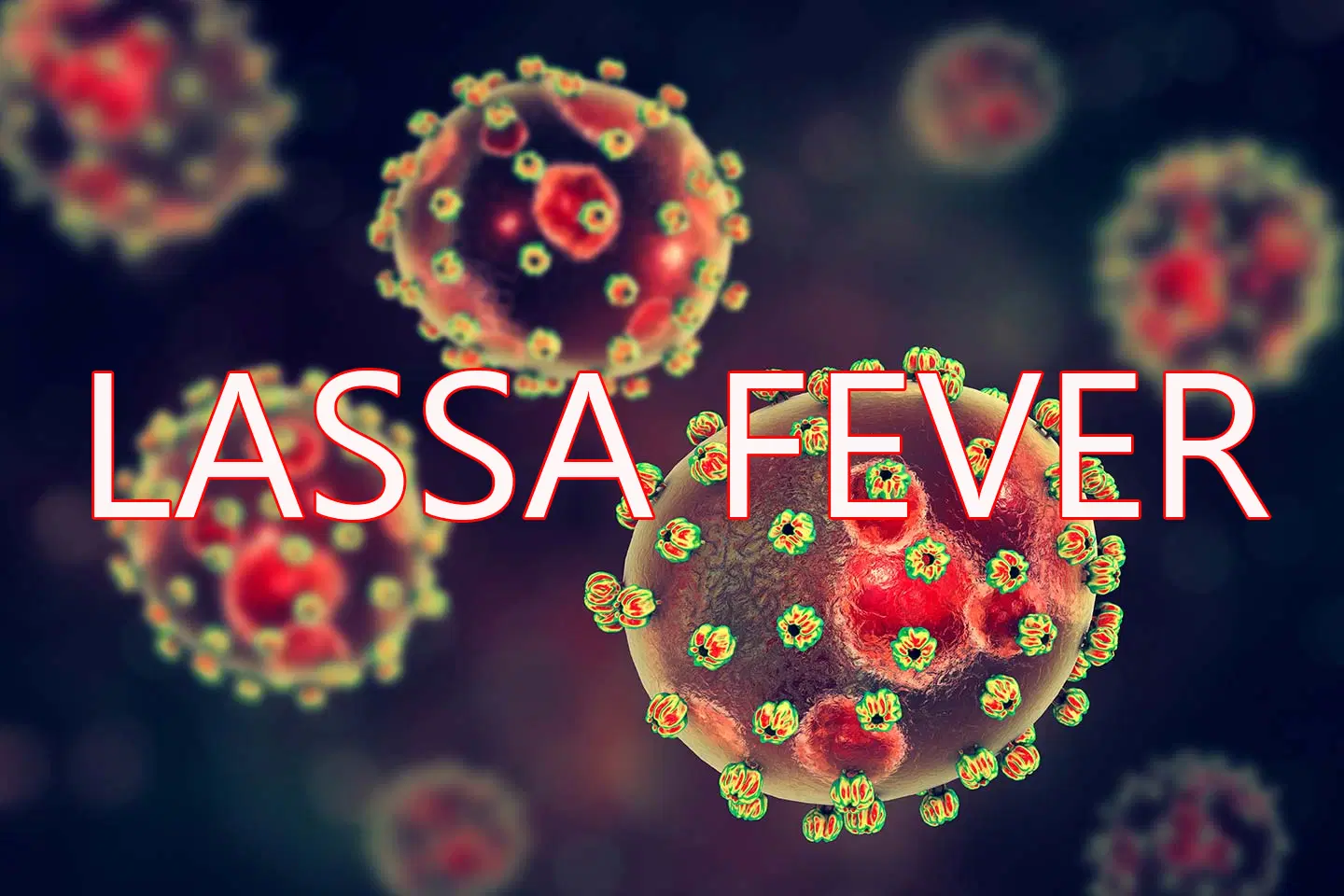Nigeria has confirmed 177 deaths from Lassa fever between January and early November 2025, marking one of the deadliest yearly outbreaks of the disease in recent times. The data, covering up to epidemiological Week 44, highlights the persistent challenge the country faces in controlling the viral infection despite ongoing response efforts.
According to the latest update from national health authorities, Nigeria has recorded 966 confirmed cases so far this year, spread across 21 states and 102 Local Government Areas. The Case Fatality Rate (CFR) has risen to 18.3 per cent — a worrying increase compared to the 16.5 per cent reported during the same period in 2024. The higher fatality rate indicates a worsening trend in the severity and impact of the disease.
Lassa fever, an acute viral haemorrhagic illness, is transmitted primarily through contact with food or household materials contaminated by the urine or faeces of infected Mastomys rats. Human-to-human transmission can also occur, especially in healthcare settings, which makes the disease difficult to manage in communities with limited health infrastructure.
This year’s surveillance data shows a slight rise in new infections in recent weeks. Confirmed cases increased from 11 in Week 43 to 12 in Week 44, with new infections detected in Ondo, Edo and Benue states. The disease has remained concentrated in a few high-burden states, with Ondo, Bauchi, Edo and Taraba accounting for 87 per cent of all confirmed cases. Ondo State alone contributes over one-third of national infections.
The remaining 13 per cent of cases are spread across 17 other states, underscoring the wide geographical reach of the disease. Despite this spread, authorities report that the total number of confirmed and suspected cases this year is still lower than the figures recorded within the same period in 2024.
Demographic analysis of the outbreak shows that individuals aged 21 to 30 years remain the most affected, although cases have been recorded among patients as young as one year old and as old as 96. The median age of infected persons is 30, and the gender distribution indicates slightly more male infections, with a male-to-female ratio of 1:0.8.
In a positive development, no new healthcare worker infection was recorded in Week 44. This may indicate improved adherence to infection prevention and control measures within hospitals and treatment facilities. Healthcare worker infections have historically contributed to the spread of Lassa fever and placed additional pressure on the health system.
National response teams continue to coordinate across federal, state and local levels to manage the situation. This includes surveillance, case management, risk communication, infection prevention, logistics support, and laboratory services. However, the persistent rise in fatalities suggests that more aggressive interventions may be necessary, especially in high-burden states and rural communities where access to healthcare remains limited.
Lassa fever remains endemic in Nigeria and several West African countries. Seasonal spikes typically occur during the dry months, raising concerns that the country may experience further increases in cases as the year draws to a close.
Health authorities continue to urge Nigerians to maintain strict hygiene practices, store food properly, keep homes rodent-free, and seek medical attention immediately when symptoms such as fever, weakness, headaches or bleeding appear. Early diagnosis and treatment significantly improve survival rates.
As the outbreak intensifies, the country faces renewed pressure to strengthen public health systems, expand laboratory capacity, and invest in community awareness to reduce transmission and prevent avoidable deaths.






Post comments (0)